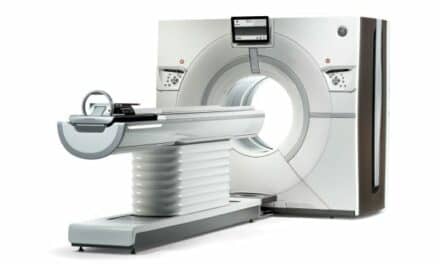The global medical CT systems market was valued at $4.9 billion in 2016, according to a report from Kalorama Information. Growth factors included the growing number of clinical applications for CT, coupled with an aging population with significant diagnostic needs, along with a growing incidence of chronic disease.
“Among all medical imaging systems, CT scanners are expected to be the fastest growing imaging equipment segment,” says Bruce Carlson, publisher of Kalorama Information. “Technological developments in the last decade have made it possible to acquire very high quality images in a very short time.”
Among recent developments in the CT market are the following:
- A currently low rate in false-positive findings
- The fact that children are receiving fewer CT scans now than a decade ago
- The substantial growth in the ordering of computed tomography angiography (CTA) examinations in the Medicare population
- The recent development of the coming next-generation of CT scanners that substantially reduce potentially harmful radiation while still improving overall image quality
- The increased role of CT in patients with advanced prostate cancer
Recent advances in CT focus on image quality, speed, new and improved applications, and dose reduction. Manufacturers of CT systems have developed new technologies in an effort to reduce the amount of emitted radiation and the number of unnecessary scans. In addition, recent studies on the use of CT on select patient populations and the modality’s benefits in detecting certain cancers are showing that the risks of CT imaging can be both good and bad.
These improvements in technology have enabled CT to become mainstream in medical care. The speed of CT makes it possible for clinicians to locate internal bleeding and injuries rapidly enough to save lives. Also, the continuous need for rapid and early diagnosis is driving the demand for CT, notably in the fields of cardiology and oncology, among other chronic illnesses.
Portable CT units will continue to appear as the importance of rapid diagnosis and treatment plays into improving patients’ health outcomes and cutting health care costs. Specifically, portable head CT imaging is becoming important in facilitating the diagnosis and treatment of patients with cranial pathology.
In general, bringing the modality to the patient can increase the speed and safety of imaging, which is critical, particularly for many neurologic emergencies. The report states that it is likely that portable CT will become a standard of care in the next decade.
For more information, visit Kalorama Information.




